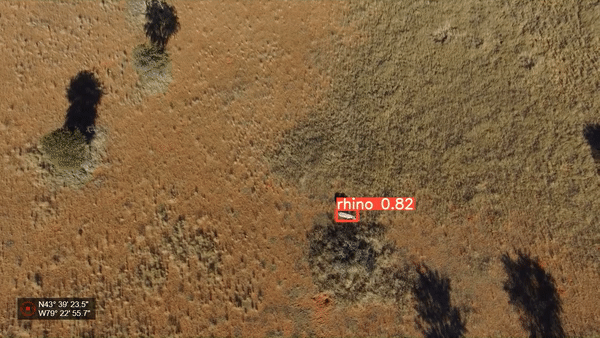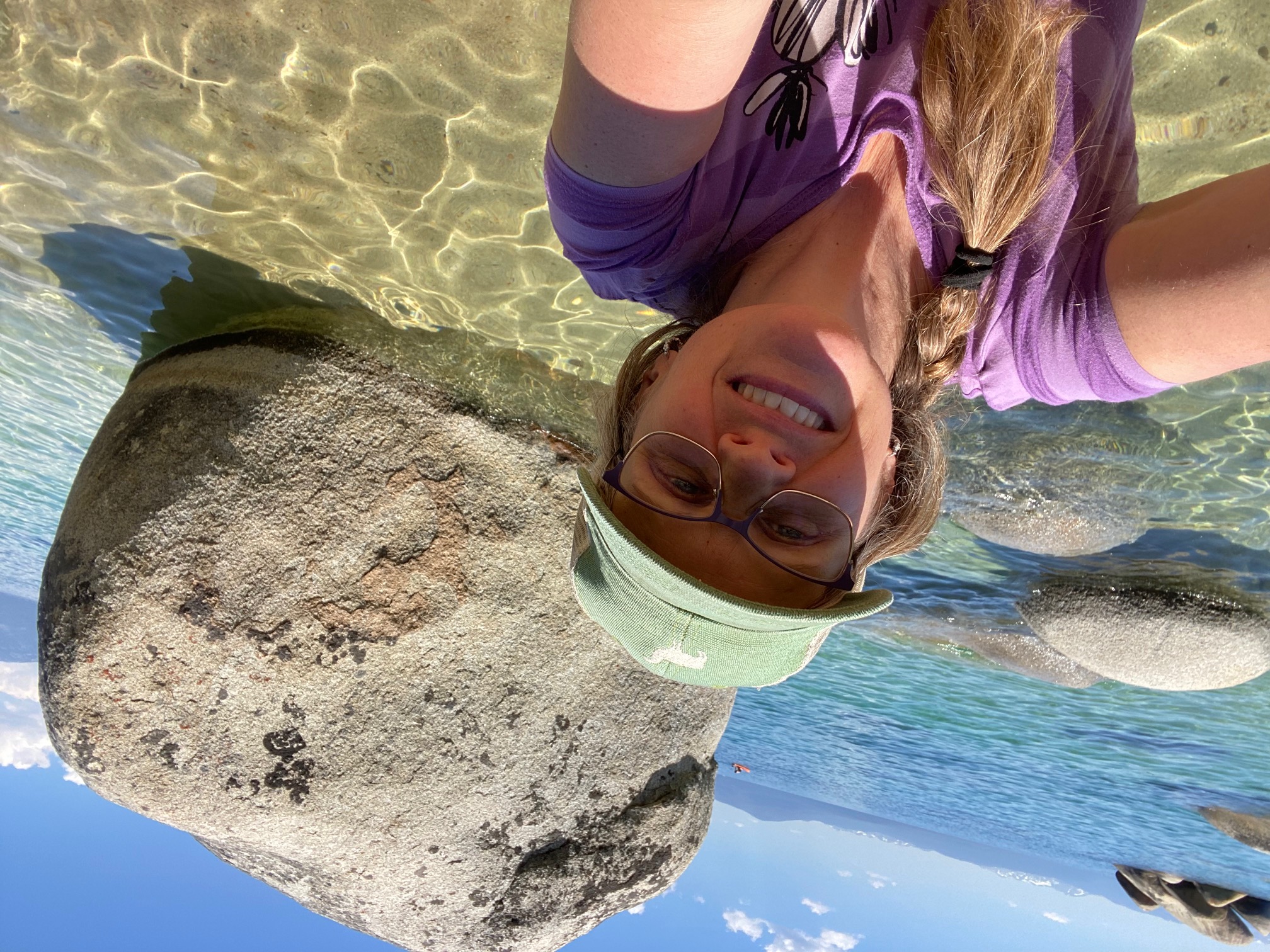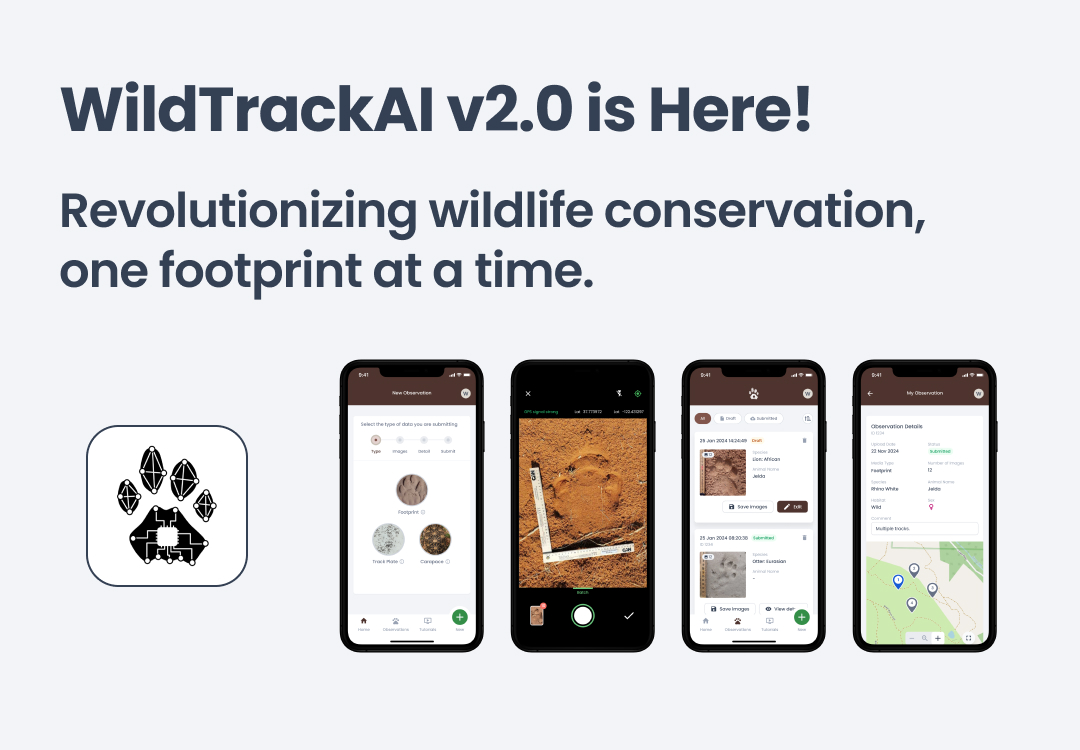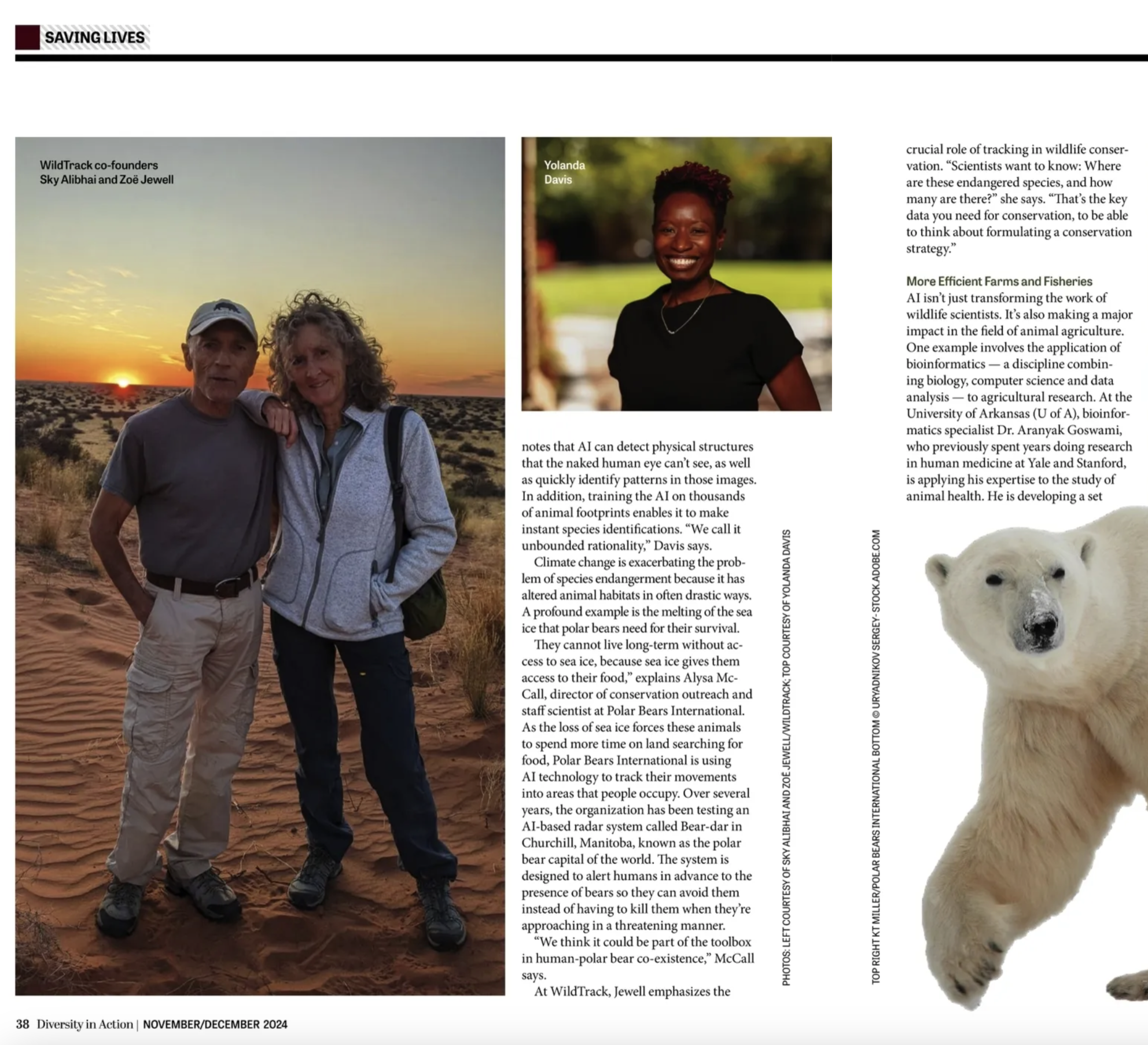UC Berkeley and WildTrack, helping saving Hermes the rhino!
Conservationists now have a new prototype AI tool to help prevent rhinoceros poaching.
This Summer, over a time span of just 6 weeks and 3 different time zones, a diverse team of graduate students from UC Berkeley School of Information in collaboration with WildTrack created an end-to-end application that uses UAVs (drones) and cutting-edge computer vision to help protect against poachers.

Within a short project time span, we were able to develop an application that can identify rhinos, humans and other animals that pass under the drone’s camera. When the drone detects a rhino or human, it sends a notification to the wildlife manager along with the frame of the video stream. The park manager can then visually verify that the animal spotted is a rhino or that the human spotted is authorized to be there and send out the anti-poaching units accordingly.
Our team faced several challenges:
- Challenge #1: Animals are very small when drones are flying 30 - 70 meters. This makes it difficult for the AI model to learn.
- Solution: the team implemented a special technique called tiling to make the animals larger.
- Solution: the team implemented a special technique called tiling to make the animals larger.
- Challenge #2: There was a shortage of drone footage at various altitudes.
- Solution: The team used another technique called GAN (Generative Adversarial Network) to increase our data size. Tiling also helped tremendously.
- Solution: The team used another technique called GAN (Generative Adversarial Network) to increase our data size. Tiling also helped tremendously.
- Challenge #3: The team’s drone did not have internet connectivity.
- Solution: The team drew a schematic where an edge device called Jetson Xavier NX did the inference and sent notifications to the cloud web map.
- Solution: The team drew a schematic where an edge device called Jetson Xavier NX did the inference and sent notifications to the cloud web map.
- Challenge #4: Drone data is sensitive due to the associated GPS location.
- Solution: data location is removed, the team used fake location coordinates.
We are deeply indebted to Zoe Jewell and Sky Alibhai from WildTrack, as well as Kuzikus Wildlife Reserve, Namibia, for their support with critical data needed to train our model at both high and low altitudes.
We’re also deeply grateful for the support from San Diego Safari Park for approving our Drone Exception Request permit so that we can fly our drone in the sky above their protected animals spreading over 18k acres of land.
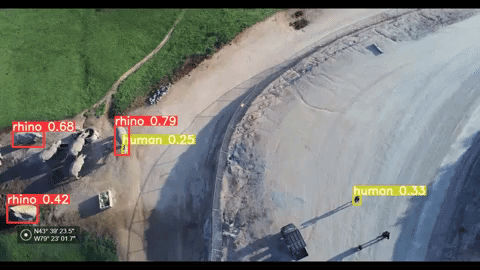
Read more about the project at: https://www.alicehuacal.com/project/saving-the-rhino-hermes/
Members of the UC Berkeley team
Alice Hua: Alice is a graduate student from UC Berkeley Master of Data Science and Information (MIDS). Based in Los Angeles, Alice is currently interning as a data engineer at CrowdStrike. She previously worked on using geographic information systems and data science techniques to identify and map gentrification in metropolitan cities such as Bogota, London, and Buenos Aires.
Eugene Shen: Eugene is based in Singapore and works as an emergency physician. He joined the MIDS program in 2020. He enjoys talking to patients, making sense of numbers, and is fascinated by applied machine learning. Apart from clinical care and MIDS, he runs a tiny bootstrapped startup aiming to build the healthcare engagement platform of the future.
Kevin Martin: Prior to doing Data Science, Kevin worked as a structural engineer based in Seattle. Kevin is now a graduate of Berkeley’s Master of Data Science program where he still assists in teaching courses in Statistics and Large Scale Machine Learning. Recently he had the distinct honor of working on a cancer prediction capstone project that won the prestigious Hal Varian award.
Nicole Chen: Nicole Chen is a contamination control engineer at the Jet Propulsion Laboratory (JPL), California Institute of Technology. She received her BA in Physics from Occidental college and joined the Berkeley MIDS program in 2019.
Catherine Mou: Catherine graduated from the Science Faculty of the University of Hong Kong studying Statistics. She joined Berkeley MIDS program in 2019. Professionally, Catherine works as a research analyst in the hedge fund industry.
